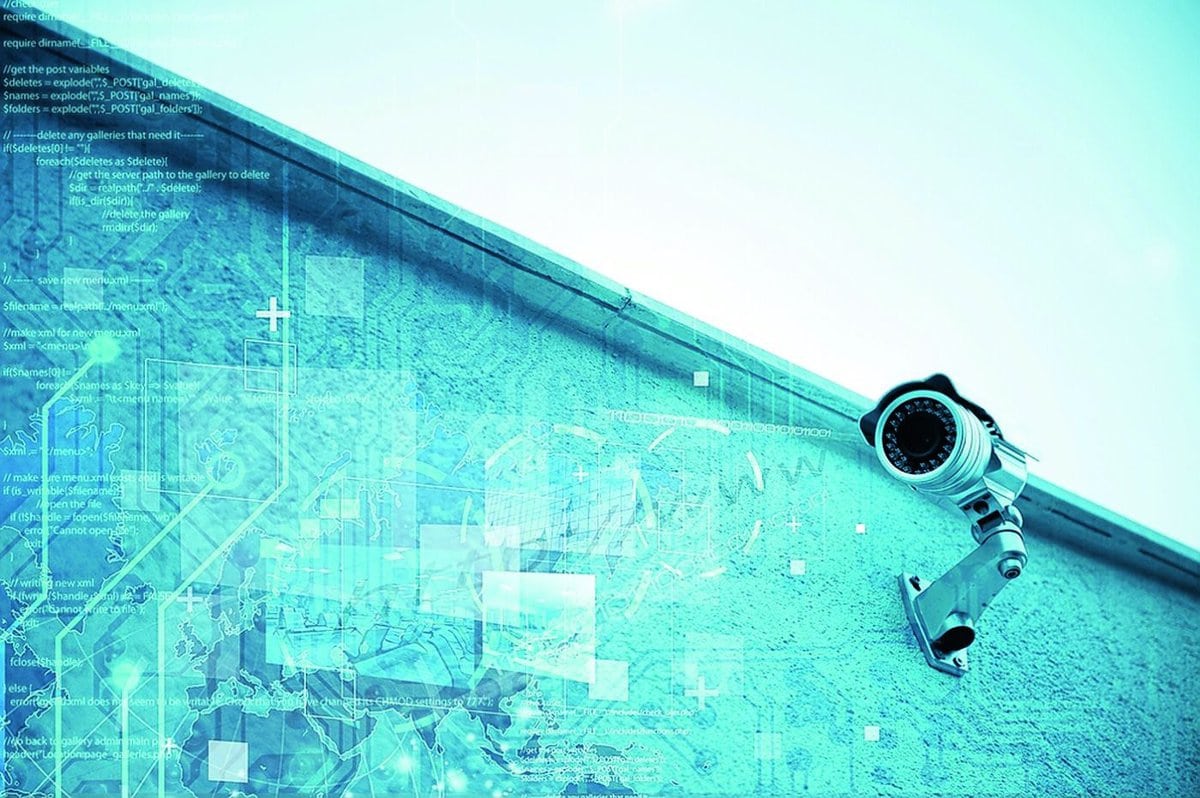Video surveillance: time for an update
The IEC/SN 62676-4 standard "Application rules for video surveillance" has been in use since 2015. And because it was essentially based on DIN 50132-7, which was published in 2012, it is already somewhat outdated. A lot has happened in video surveillance since then.
 © depositphotos/alphaspiritThe content of the current version of standard SN 62676-4 "Video surveillance systems for security applications" is over twelve years old. Since then, technology has developed rapidly, and not just in terms of the resolution and sharpness of video system cameras. Intelligent, AI-based systems and the trend away from stationary systems towards cloud-based solutions have had a significant impact on applications. So it's time for an overhaul. The Association of Swiss Installers of Security Systems (SES), where Thomas Adler is chairman of the Video Security Systems section, was also involved in this process.
© depositphotos/alphaspiritThe content of the current version of standard SN 62676-4 "Video surveillance systems for security applications" is over twelve years old. Since then, technology has developed rapidly, and not just in terms of the resolution and sharpness of video system cameras. Intelligent, AI-based systems and the trend away from stationary systems towards cloud-based solutions have had a significant impact on applications. So it's time for an overhaul. The Association of Swiss Installers of Security Systems (SES), where Thomas Adler is chairman of the Video Security Systems section, was also involved in this process.The new version essentially differs in three areas, explains Adler: "In terms of resolution and image quality, the safety concept and operation, as well as maintenance and care."
Resolution and image quality
One of the main changes concerns the resolution of the cameras. While the old standard was still based on a horizontal resolution of 576 pixels, the new standard is based on UHD resolution with 3840 pixels horizontally and 2160 pixels vertically. This enables much sharper and more detailed video surveillance, allowing people, vehicles and other objects to be identified beyond doubt.
In addition to engineers and technicians, forensic experts from Germany and Switzerland were also involved in the development to ensure that the resolution is high enough to identify people beyond doubt. This is particularly important in order to be able to clearly prove a person's identity in the event of a legal dispute.
Safety concept
Another key point is the security concept. The new standard places more emphasis on a detailed threat analysis and risk assessment. Unlike the old standard, which only provided for a generic risk assessment, a specific classification of security levels is now carried out. Depending on the application and threat scenario, the appropriate security level is determined and the necessary measures are derived.
Maintenance and care
The regulations for the maintenance and care of the systems have also been expanded. This includes regular inspections and maintenance cycles, which vary depending on the safety level. For example, quarterly inspections are planned for the highest security levels. This ensures that the systems always function optimally and have no weak points.
Conclusion
The final version of the standard should be available by the beginning of 2025 at the latest. SES is planning webinars to inform system administrators and specialists about the new features.
Although the standard is not of a legal nature, it represents the current state of the art and therefore serves as an important guide. It provides recommendations that are important in legal cases and tenders. The new standard will also be incorporated into the SES guidelines and thus form the new basis for the installation and maintenance of video surveillance systems.
The new standard ensures that video surveillance systems are state of the art and offer a high level of quality and security. It ensures that all parties involved - from planners and installers to end customers - have a common understanding and clear guidelines to guarantee the best possible surveillance and security.









